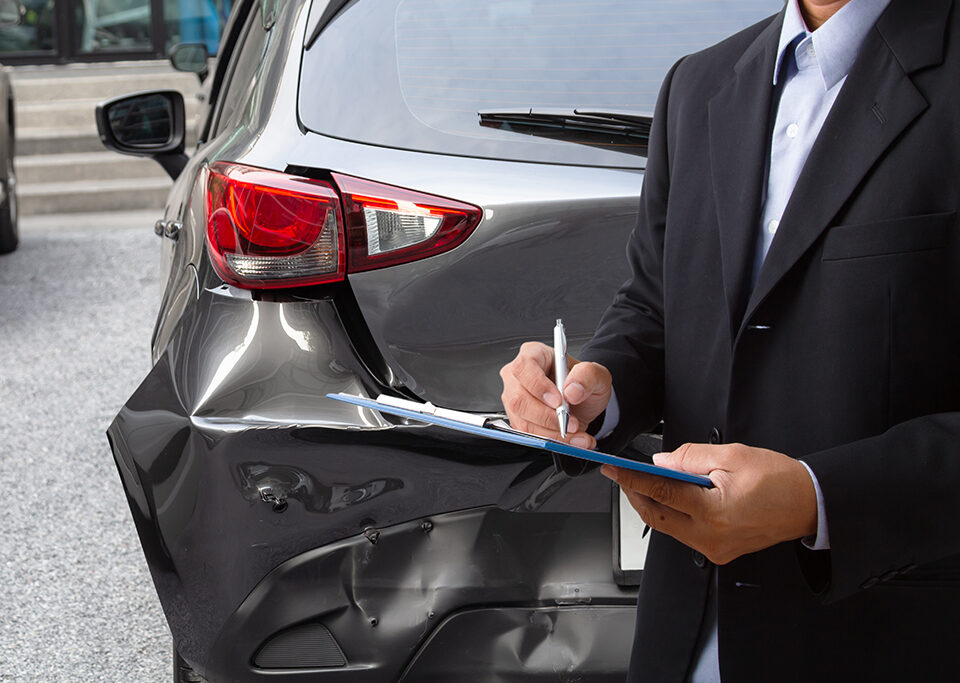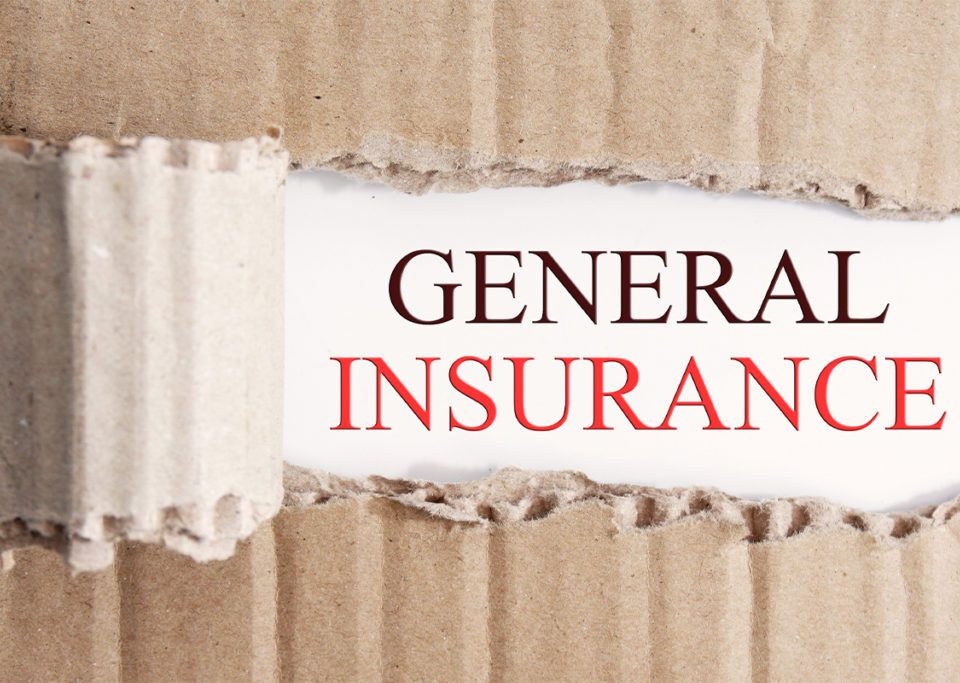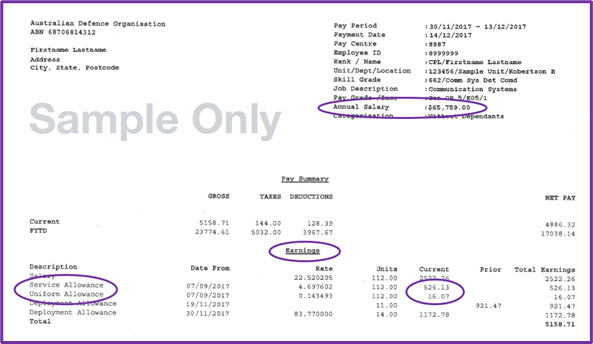INSURANCE
Insurance is about managing risk. By taking out an insurance policy, you are transferring financial risk of something going wrong, to your insurer, for a fee or ‘premium’. But with many providers to choose from, it’s important to read the fine print and ask lots of questions to find a policy that suits your needs.
Choosing the right insurance
Here are some tips to help you choose the right insurance cover:
-
- Compare policies - Get quotes from different insurers and compare features not just cost. Comparison websites can help you compare policies
- Choose a policy based on your needs - Think carefully about what you want covered and choose the policy that best meets your criteria
- Check exclusions - What isn’t covered may be just as important as what is covered
- Choose your excess - When you make a claim you will usually be required to pay an amount, known as the ‘excess’. You may be able to reduce your excess by paying a higher premium, or lower your premium by agreeing to a higher excess
- Be honest with your insurer - Tell it like it is! Your ‘duty of disclosure’ means you must tell the truth when you apply for cover, or any future claim could be denied
Common types of insurance
Review before you renew
Make sure the insured value is current and compare similar products to see if you are still getting value for money. If you find a cheaper policy for similar cover, ask your insurer to match it. Don’t forget to review your policy whenever your circumstances change.
Renewing an insurance policy
When you receive your insurance renewal notice, it’s tempting to just treat it like a bill and pay it, but this could be costing you money. Insurers typically offer better rates to new customers without telling existing customers that better deals are on offer.
Before you renew an insurance policy:
- Make sure the insured values are current, the cost of replacing items can change over time
- Go to your insurer’s website and pretend to be a new customer, chances are the premium will be cheaper
- Use a comparison website to compare similar policies, including cost, excess, and what is and isn’t covered
- Ask your insurer to price match, even if it means asking them to treat you as a new customer. If they won’t price match, consider switching to a cheaper insurer
Making claims
If you need to make a claim on an insurance policy:
- Inform your insurer as soon as possible and include as many details as you can
- Tell the whole truth and cooperate with the insurer and the people they employ to help assess the claim, such as investigators or doctors
- Provide any evidence you have to support your claim
- Remember your duty of disclosure when providing information to support your claim. If the information you provide is incorrect or misleading, your claim might be denied. You may also be committing fraud
Insurance checklist
- Do you have adequate motor vehicle insurance for your vehicle and for any damage you may cause to other people’s property?
- Is your home and/or home contents insured? Is the insured value current?
- Have you checked if your home and contents insurance is affected by any business that operates from home?
- Have you considered insuring your portable devices against loss or theft?
- If you are travelling, have you taken out adequate travel insurance?
- Before renewing a policy, compare with similar policies from other insurers to make sure you are still getting value for money
- Always be completely honest with your insurer or you may find your cover is worthless and any future claim could be denied
- Read our personal insurance guide to find out what your statutory entitlements cover.







